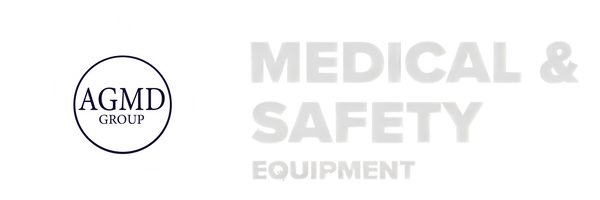In today's world, the sight of people wearing medical face masks has become commonplace. Whether it's for protection against airborne diseases or as a preventative measure during a global pandemic, these masks play a crucial role in safeguarding public health. But have you ever wondered about the history behind these seemingly simple yet indispensable pieces of protective gear?
Origins: The Early Beginnings
Medical face masks have a surprisingly long history, dating back centuries. While the modern face mask may seem like a recent invention, its origins can be traced back to ancient civilizations. Historical records indicate that as early as the 14th century, during the bubonic plague outbreak, physicians wore beak-like masks filled with aromatic substances to protect themselves from miasma, or "bad air," believed to spread the disease.
19th Century Innovations
Fast forward to the 19th century, and we witness significant advancements in medical face mask technology. During this time, surgeons began using gauze masks to prevent the spread of bacteria during surgical procedures. These early masks were rudimentary compared to their modern counterparts but marked a crucial step forward in infection control practices.
The Birth of the Respirator
The 20th century brought about even greater strides in the development of medical face masks. With the discovery of airborne pathogens and the increasing understanding of germ theory, there arose a need for more sophisticated protective equipment. In the early 1900s, the first respirator masks were introduced, designed to filter out airborne particles and provide better protection against infectious diseases.
World War II and Beyond
The outbreak of World War II accelerated the innovation and production of medical face masks. Military personnel required masks to protect against chemical warfare agents, leading to the development of more advanced respirators. Post-war, these technologies found civilian applications, with respirator masks becoming standard equipment in medical settings and industrial environments where airborne hazards were present.
The Rise of Disposable Masks
Perhaps the most significant breakthrough in the history of medical face masks came with the introduction of disposable masks in the mid-20th century. Made from lightweight materials such as paper or non-woven fabrics, disposable masks offered convenience and affordability, revolutionizing the way healthcare professionals approached infection control. This innovation made it easier to maintain hygiene standards and reduced the risk of cross-contamination.
Modern Innovations and Pandemic Preparedness
In recent decades, advancements in materials science and manufacturing technology have further improved the effectiveness and comfort of medical face masks. From the introduction of surgical masks with fluid-resistant properties to the development of N95 respirators capable of filtering out 95% of airborne particles, the landscape of protective gear continues to evolve.
Conclusion
From their humble beginnings in ancient times to the sophisticated designs of today, the history of medical face masks is a testament to human ingenuity and our ongoing efforts to combat infectious diseases. As we navigate the challenges of the modern world, these simple yet essential tools remain vital in protecting public health and ensuring the safety of healthcare workers and the general population alike.

